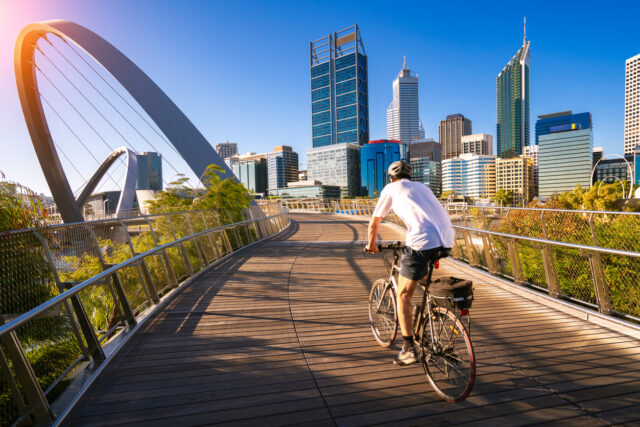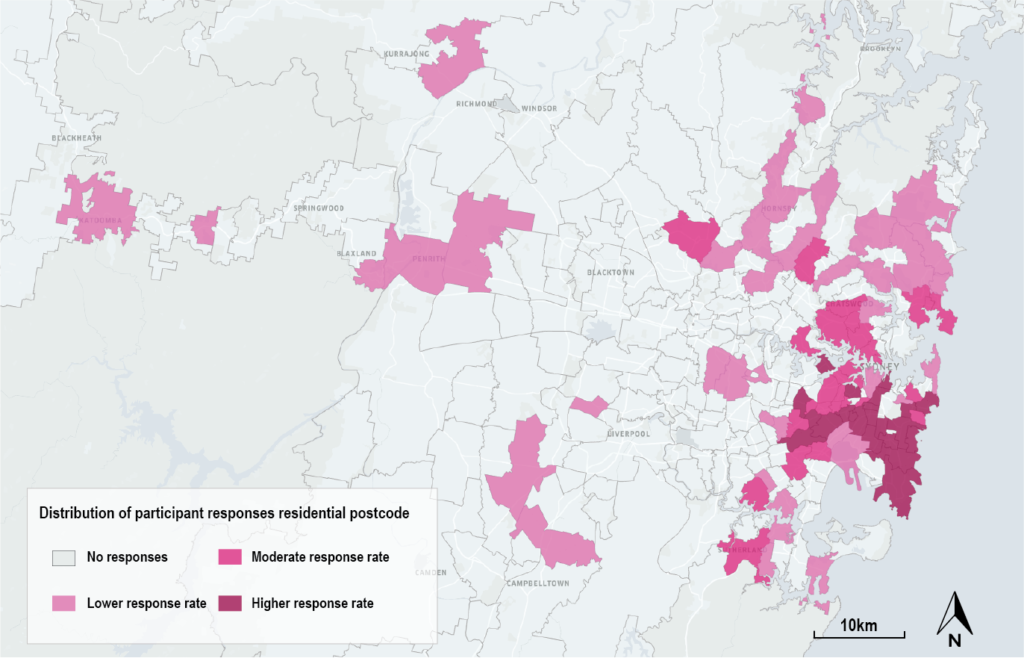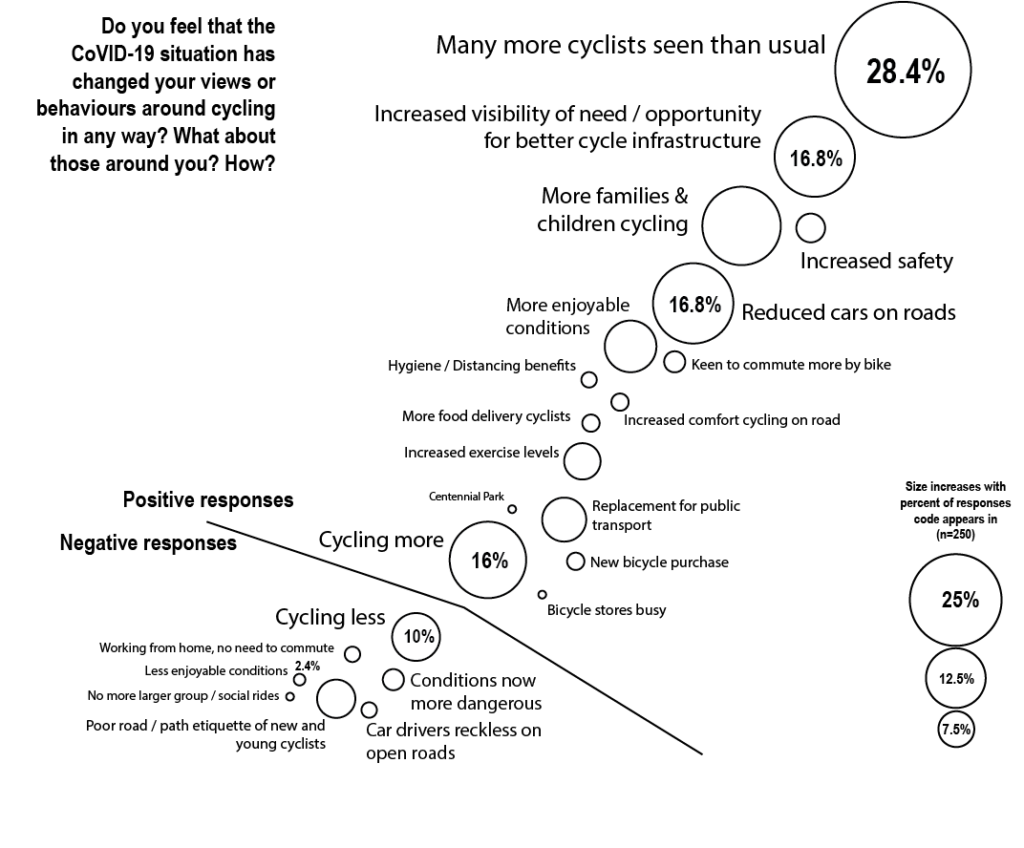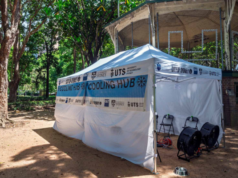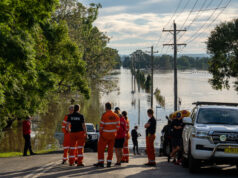The COVID-19 pandemic has put cycling on Australia’s transport agenda, but advocates have called for more permanent infrastructure amid growing concerns for rider safety.
Reports indicate the number of road-going cyclists increased during COVID-19 containment measures, as people switched from public transport where physical distancing is difficult. For example, the ABC reported a 270 per cent increase in the use of bike paths in key parts of Melbourne between November 2019 and April this year and a 50-60 per cent increase in bikes on bikeways in the city of Parramatta in NSW. Sydney City Council recorded a 25-50 per cent increase in cyclists, while in Brisbane there was almost a 50 per cent increase in bike traffic in parts of the city. Bike sales also rose considerably, according to news reports.

An unexpected silver lining of the changing commuter behaviours has been cleaner air. In Australia during April, satellite images showed levels of nitrogen dioxide (a major pollutant from cars and coal in power plants) fell by 30 per cent in Sydney and Brisbane as a direct result of COVID-19 containment measures.
Research shows many Australians do not want pollution levels to return to pre-COVID conditions, further highlighting the need for sustainable transport options.
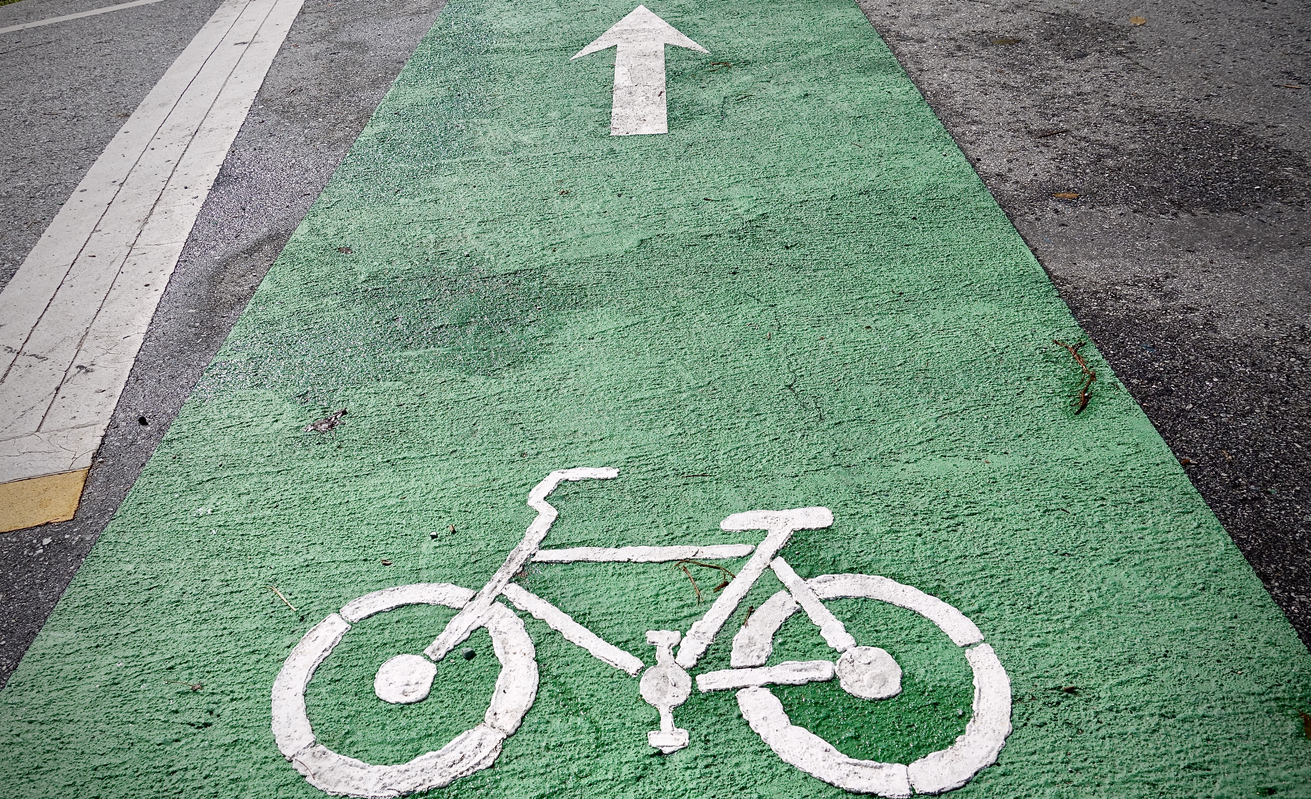
Local and state governments have moved to install temporary bike lanes and bikeways for riders. For example, Transport for NSW announced plans to create 20km of pop-up cycle ways across the City of Sydney and a further 15km for regional NSW, while Melbourne will fast track 40km of temporary bike lanes marked out and separated by barriers.
Stephen Hodge, Director of National Relationships at We Ride Australia, says state jurisdictions are grabbing the opportunity to keep cities moving and address their productivity issues. “There are case studies from all around Australia showing how successful mode-sharing for cyclists is,” he says. “It’s attractive, convenient, safe and we know that Australians will embrace it.”

While temporary measures to create cyclist thoroughfares have been warmly welcomed by enthusiastic riders, cycling groups say temporary pathways should become permanent to ensure rider safety. “Vulnerable road users are the only group in Australia currently going backwards for road safety, and the safety record is extremely clear that separated bikeways and lower speed limits dramatically increase safety,” says Hodge.
Transport experts have advocated a carefully considered approach to infrastructure planning for cyclists, citing possible detrimental impacts of permanent disruptions of regular travel habits and the need for new transport guidelines.
Oliver Lock, author of a recent study, Cycling Behaviour Changes as a result of COVID-19, said, “Updated transport forecasts feeding infrastructure business cases should consider both the unexpected potential behaviour change from reduced traffic flow as well as the potential long-term impacts new cyclists will have on networks.”



